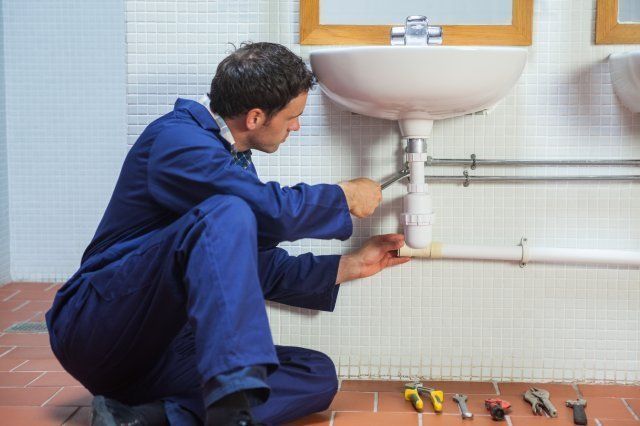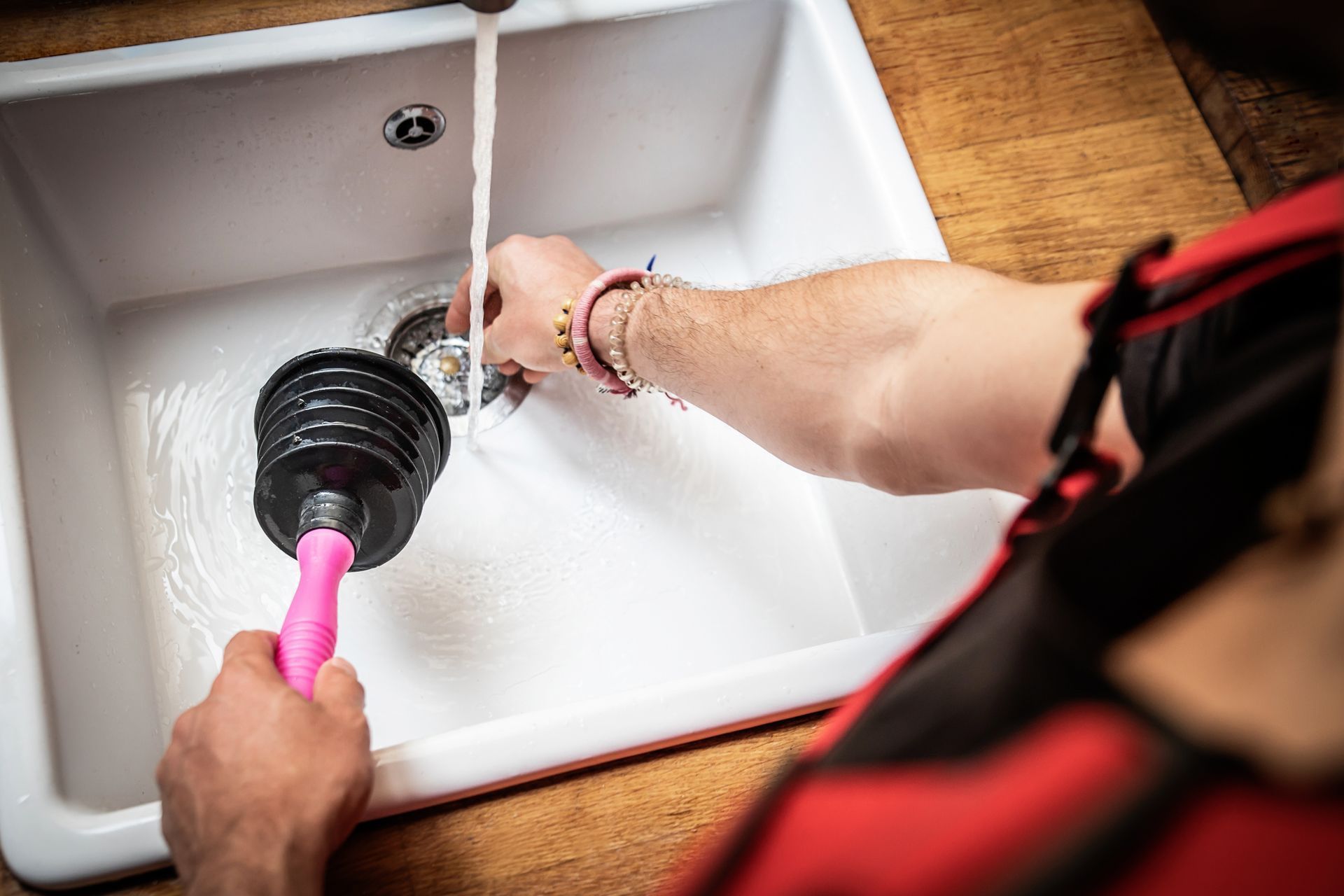How Do You Know If Roots Are Growing Into Your Sewer Line?

If you have trees growing in your front yard around the area your sewer line, then you need to be concerned about root growth. Main sewer lines are generally made from clay, cast iron, concrete, or PVC—all of which can either corrode or crack, allowing tree roots to penetrate. Once roots grow into the sewer line, they grow quickly since the sewer line is such a good source of water and nutrients.
01.19.2018
If you have trees growing in your front yard around the area your sewer line, then you need to be concerned about root growth. Main sewer lines are generally made from clay, cast iron, concrete, or PVC—all of which can either corrode or crack, allowing tree roots to penetrate. Once roots grow into the sewer line, they grow quickly since the sewer line is such a good source of water and nutrients.
Here's a closer look at the signs of root growth, how your plumber can detect roots, and your options for fixing this problem.
What Are the Signs of Tree Roots In a Sewer Line?
Eventually, root growth in the sewer line will lead to a complete system blockage in which nothing will go down your drains or toilets. Before this point, you will notice some or all of the following signs.
Slow Drains
If one or two drains are slow, then the blockage is probably in those drains themselves. However, if most or all of the drains in your home start to drain slowly at the same time, then you should suspect tree root growth is to blame.
Poor Flushing
Your toilets may begin flushing only partially, or you may notice some sewage beginning to back up into the toilet after you flush.
Unpleasant Odors
Lingering sewage odors coming from your drains and toilets may indicate that sewage is sitting in your pipes rather than draining properly. Then again, you may just have soap buildup and grime coating the insides of your pipes. This is why it's important to have a plumber come check your system rather than just assuming you have roots in your sewer line.
How Can Your Plumber Confirm the Presence of Roots?
Today's new technology makes it easy for your sewer cleaning company to determine if tree roots have grown into the sewer line and to determine just how serious the root growth is.
Your plumber can send a camera down into the main sewer pipe, often through an access vent. The camera will take video footage, showing you and your plumber exactly where the roots are located and the extent to which they are blocking the pipe.
How Can Your Plumber Get Rid of Roots In Your Sewer Line?
If your plumber confirms the presence of roots in your sewer line, they might recommend a few remedies.
Hydro Jetting
Hydro jetting is a process by which high-pressure water is shot and swirled through your pipes. The water essentially grinds up the tree roots and other debris within the pipe. Hydro jetting does not require your plumber to dig up your sewer line, and it's an eco-friendly choice since it only uses water.
Pipe Relining
When the pipe has been badly compromised by the tree roots, your plumber may remove the roots and then insert a sort-of sleeve or liner inside the pipe. This liner will be difficult for roots to penetrate, helping to keep your sewer line root-free in the future.
Pipe Replacement
If the pipe is badly crushed by tree roots, then your plumber may need to dig up and replace a section of it in order to get wastewater flowing again.
Herbicides
Usually, herbicides are used after the roots have been removed. You can flush an herbicide down the toilet periodically to keep any new roots that penetrate the pipe from growing too large.
If you have trees growing anywhere near your main sewer line, then keep an eye out for signs that roots are invading the pipe. This is a very common problem, but thankfully, your plumber can diagnose and treat this problem with relative ease. Contact our experienced team O'Fallen Sewer Service to schedule a video camera inspection today.
Facebook Twitter Google+ pinterest








